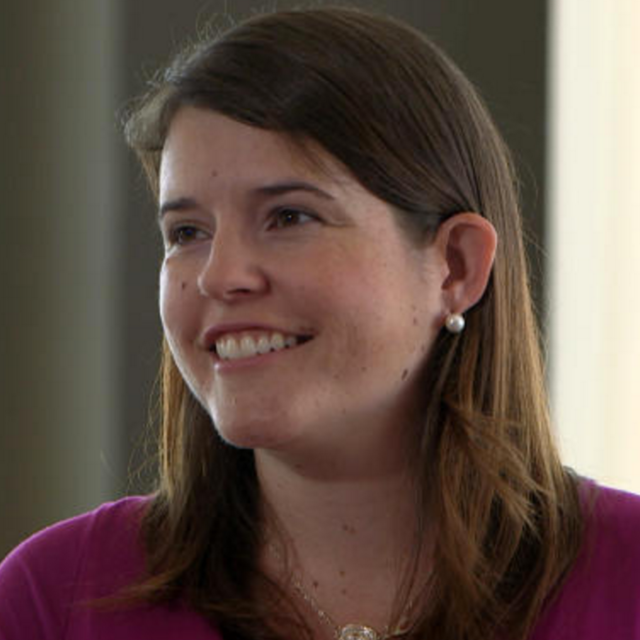
The First Evidence of a Host Star Metallicity Cutoff in the Formation of Super-Earth Planets
September 2024 • 2024AJ....168..128B
Abstract • Planet formation is expected to be severely limited in disks of low metallicity, owing to both the small solid mass reservoir and the low-opacity accelerating the disk gas dissipation. While previous studies have found a weak correlation between the occurrence rates of small planets (≲4R ⊕) and stellar metallicity, so far no studies have probed below the metallicity limit beyond which planet formation is predicted to be suppressed. Here, we constructed a large catalog of ∼110,000 metal-poor stars observed by the TESS mission with spectroscopically derived metallicities, and systematically probed planet formation within the metal-poor regime ([Fe/H] ≤‑0.5) for the first time. Extrapolating known higher-metallicity trends for small, short-period planets predicts the discovery of ∼68 super-Earths around these stars (∼85,000 stars) after accounting for survey completeness; however, we detect none. As a result, we have placed the most stringent upper limit on super-Earth occurrence rates around metal-poor stars (‑0.75 < [Fe/H] ≤ ‑0.5) to date, ≤ 1.67%, a statistically significant (p-value = 0.000685) deviation from the prediction of metallicity trends derived with Kepler and K2. We find a clear host star metallicity cliff for super-Earths that could indicate the threshold below which planets are unable to grow beyond an Earth-mass at short orbital periods. This finding provides a crucial input to planet-formation theories, and has implications for the small planet inventory of the Galaxy and the galactic epoch at which the formation of small planets started.
Links



